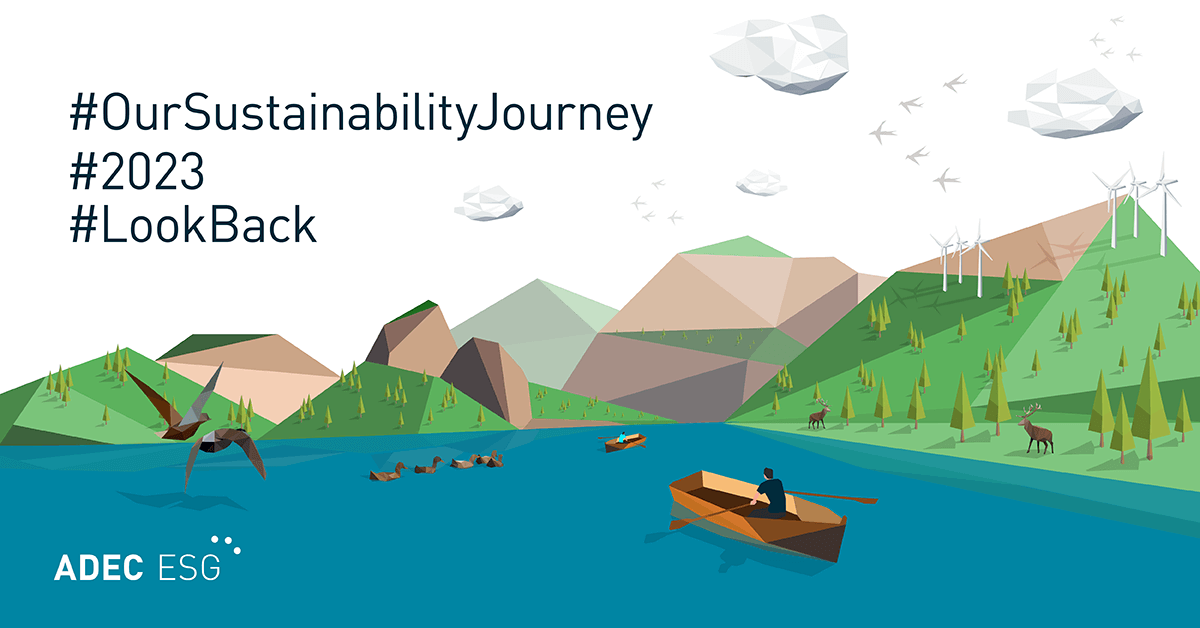Environmental Planning is an industry that is always changing—especially in California. When a project is proposed, the California Environmental Quality Act (CEQA) requires that impacts to the environment are assessed for their severity.
Originally enacted in 1970, CEQA is an attempt to quantify and mitigate potential environmental impacts that would otherwise be harmful to people and local or regional conditions. In great strides towards a holistic environmental assessment, updates to CEQA are made on a regular basis as new scientific data becomes available. The most recent updates to CEQA were enacted on December 28, 2018. Any project that begins after that date would be subject to the new guidelines and requirements.
Generally speaking, Appendix G of CEQA contains a checklist of questions that must be answered in order to determine the total environmental impacts that would be caused by a project. Answers to these impact analysis questions with regard to the environment are typically categorized as Significant Impacts, Potentially Significant Impacts, Less than Significant Impacts, or No Impacts.
The determination of these impacts typically takes the form of a document called an Initial Study, which helps an interested party answer the questions that are at the heart of CEQA: What are the environmental impacts, and how can the proposed project reduce them to a level that is less than significant?
Depending on the anticipated conclusions of this Initial Study, a project must prepare one of the following: An Environmental Impact Report (EIR), a Mitigated Negative Declaration (MND), a Negative Declaration (ND), or a Categorical Exemption (CE). Although there are other documents that may be produced to determine environmental impacts, projects that are determined to potentially impact the environment even with mitigation measures incorporated, are required to complete an EIR.
When it comes to any kind of development, many questions come to mind with regard to assessing impacts to the environment. For instance:
- How are impacts to the environment assessed?
- What constitutes a “significant impact”?
- What kinds of mitigation measures can be incorporated into a project to reduce the environmental impacts?
- Who regulates and enforces those mitigation measures?
- How are impacts of a small development similar to / different from those of a large development? etc.
With ever-changing regulations, construction schedules that can take years, and projects that vary in size from simple single-family residential homes to projects that change the character of whole cities, how are these kinds of questions truly answered?
As expected, many of these questions only become more complicated when a project gets larger.
FirstCarbon Solutions (FCS) specializes in assessing impacts relating to new development. Whether it be a single home, or a development that will double the size of a city, FCS can provide insight and answers to these kinds of questions. How do we do it?

Step 1: Understand the Goals of the Client
No projects would ever be truly completed without a great project understanding. Often times, this represents half the battle. Every client has a vision, and our team is here to help them achieve that vision.
Nonetheless, sometimes changes to that vision are required in order to minimize the impacts to the environment in accordance with the law, city code, local conditions, etc. FCS understands and implements a deep knowledge of CEQA to help clients reach their goals in a way that maximizes the benefits for everyone involved.

Step 2: Write the Document(s)
CEQA is composed of many sections, whose applicability depends on when the project was developed. Currently, CEQA has 21 sections. These sections focus on different topics that are associated with environmental impacts. Each section may require specific studies to be performed. For instance, the aesthetics section analyzes the potential impacts of a project on scenic vistas, scenic highways, light and glare, shadows, and other visual characteristics of an area where a project may be built.
Some sections have topics that are interrelated, such as the Hazardous Materials section and the Land Use section. In this case, any use of hazardous materials on or by a project must be compatible with the zoning code laid out by the city in which the project is being built. The ultimate conclusion of the document will present a developer with a set of required mitigation measures that must be followed in order to reduce the impacts to the environment.

Step 3: Submit the Document for Public Review
Every time development takes place there is a conflict between people who want the project to be built and those who don’t. As a required part of CEQA law, the public is entitled to comment on and participate in this process. FCS is often contracted to assist clients with the outreach and engagement of the public. In some cases, public outcry over the potential impacts of a project adds new content to an environmental document, and may stop a developer in their tracks! However, it is ultimately up to the Lead Agency (often the City or County) to approve or disapprove of a project.

Step 4: Incorporate New Feedback and Publish the Document
This process allows for the feedback received to be incorporated into the document. Once feedback is received after a specific period of time determined by CEQA, the document is edited to address all of the comments that bring to light significant new points. In the case of large-scale development, often times the city or county will proceed in spite of potential impacts to the environment or local conditions. Some examples could be significant increases in traffic volumes or impacts to infrastructure for sewer or potable water. Many considerations are presented and many times the public will present concerns that are relevant to the project. That makes this part of the process absolutely essential.

Step 5: File a Notice of Determination with the State Clearinghouse
This final step is the process of finalizing an environmental document. A Notice of Determination (NOD) is required by CEQA at the end of a project study. The NOD will essentially inform the public and the developer of the final conclusions of the reports and dictates what a developer needs to do next.
In all cases, determining environmental impacts is an interdisciplinary effort that requires teamwork; a thorough knowledge of local, state, and federal law; and the ability to think creatively. As development continues at an unprecedented rate, the environment is often taken for granted—which is where CEQA and other environmental regulations come into play. While many projects end up falling through due to political or regulatory pressures, FCS prepares these documents with the needs of our clients and the future of our shared world in mind.
As professional navigators of current and controversial environmental topics, scientists with years of experience, and individuals who are dedicated to our communities, FCS has the knowledge and expertise needed to help you reach your goals.
Interested in learning more? Want to work for a great company in a collaborative team focused on bettering the communities we serve? Check out the career opportunities at FCS to get involved!




